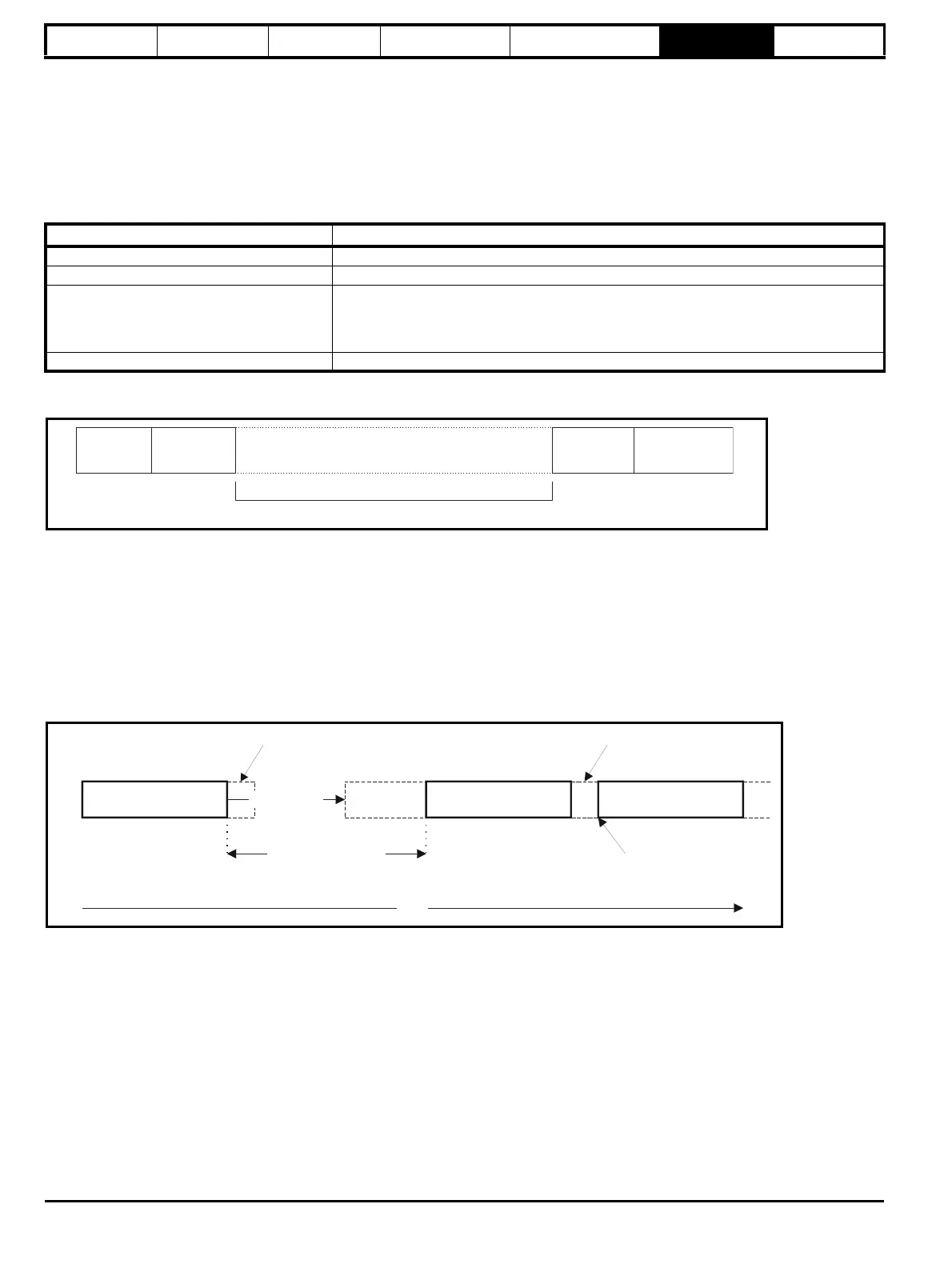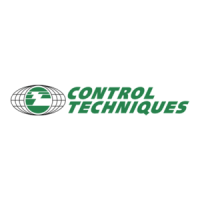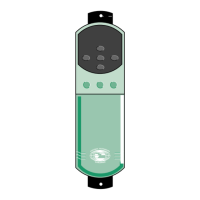Parameter structure Keypad and display Parameter x.00
Parameter description
format
Advanced parameter
descriptions
Serial comms
protocol
Performance
206 Mentor MP Advanced User Guide
www.controltechniques.com Issue Number: 4
6.2 CT Modbus RTU specification
This section describes the adaptation of the MODBUS RTU protocol offered on Control Techniques' products. The portable software class which
implements this protocol is also defined.
MODBUS RTU is a master slave system with half-duplex message exchange. The Control Techniques (CT) implementation supports the core
function codes to read and write registers. A scheme to map between MODBUS registers and CT parameters is defined. The CT implementation
also defines a 32bit extension to the standard 16bit register data format.
6.2.1 MODBUS RTU
Physical layer
RTU framing
The frame has the following basic format
The frame is terminated with a minimum silent period of 3.5 character times (for example, at 19200 baud the minimum silent period is 2 ms).
Nodes use the terminating silence period to detect the end of frame and begin frame processing. All frames must therefore be transmitted as a
continuous stream without any gaps greater or equal to the silence period. If an erroneous gap is inserted then receiving nodes may start frame
processing early in which case the CRC will fail and the frame will be discarded.
MODBUS RTU is a master slave system. All master requests, except broadcast requests, will lead to a response from an individual slave. The
slave will respond (i.e. start transmitting the response) within the quoted maximum slave response time (this time is quoted in the data sheet for all
Control Techniques products). The minimum slave response time is also quoted but will never be less that the minimum silent period defined by
3.5 character times.
If the master request was a broadcast request then the master may transmit a new request once the maximum slave response time has expired.
The master must implement a message time out to handle transmission errors. This time out period must be set to the maximum slave response
time + transmission time for the response.
Attribute Description
Normal physical layer for multi-drop operation EIA485 2 wire
Bit stream Standard UART asynchronous symbols with Non Return to Zero (NRZ)
Symbol
Each symbol consists of:-
1 start bit
8 data bits (transmitted least significant bit first)
2 stop bits
Baud rates 300, 600, 1200,2400,4800, 9600, 19200, 38400, 57600, 115200
message data
FUNCTION
CODE
Silent
interval
Master request
Time
frame detect
Slave frame
processing
Slave response
Slave response time
Master request
New master request
can start here
minimum silence
period
minimum silence
period
